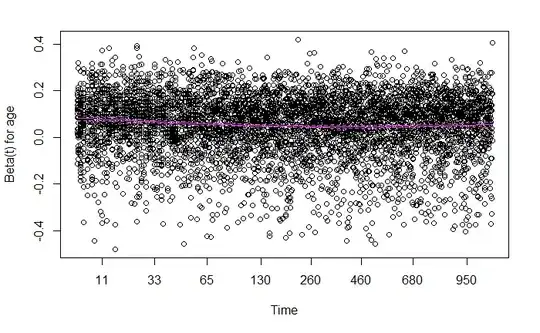You have a statistically significant violation of PH; The question about whether you have a practically important violation depends on your understanding of the underlying subject matter.
The smoothed curve shows how the estimated coefficient for age changes with survival time. To my eye, it looks like the estimates change from a bit under 0.1 per unit of age at early survival times to about 0.05 per unit of age at later survival times. Are those differences in the age coefficient over time large enough to matter for this study? Does this violation with respect to age matter in terms of the overall goal of the study, which presumably isn't in the effect of age per se? Only you and your colleagues can answer that, based on the subject matter.
Improper specification of the form of a continuous predictor can also lead to a PH violation; see this page for an example. With this number of cases, consider a flexible spline-based treatment of the age predictor, rather than the simple linear coefficient you currently use. Splines provide a flexible approach that allow the data themselves to tell you the proper functional form.
